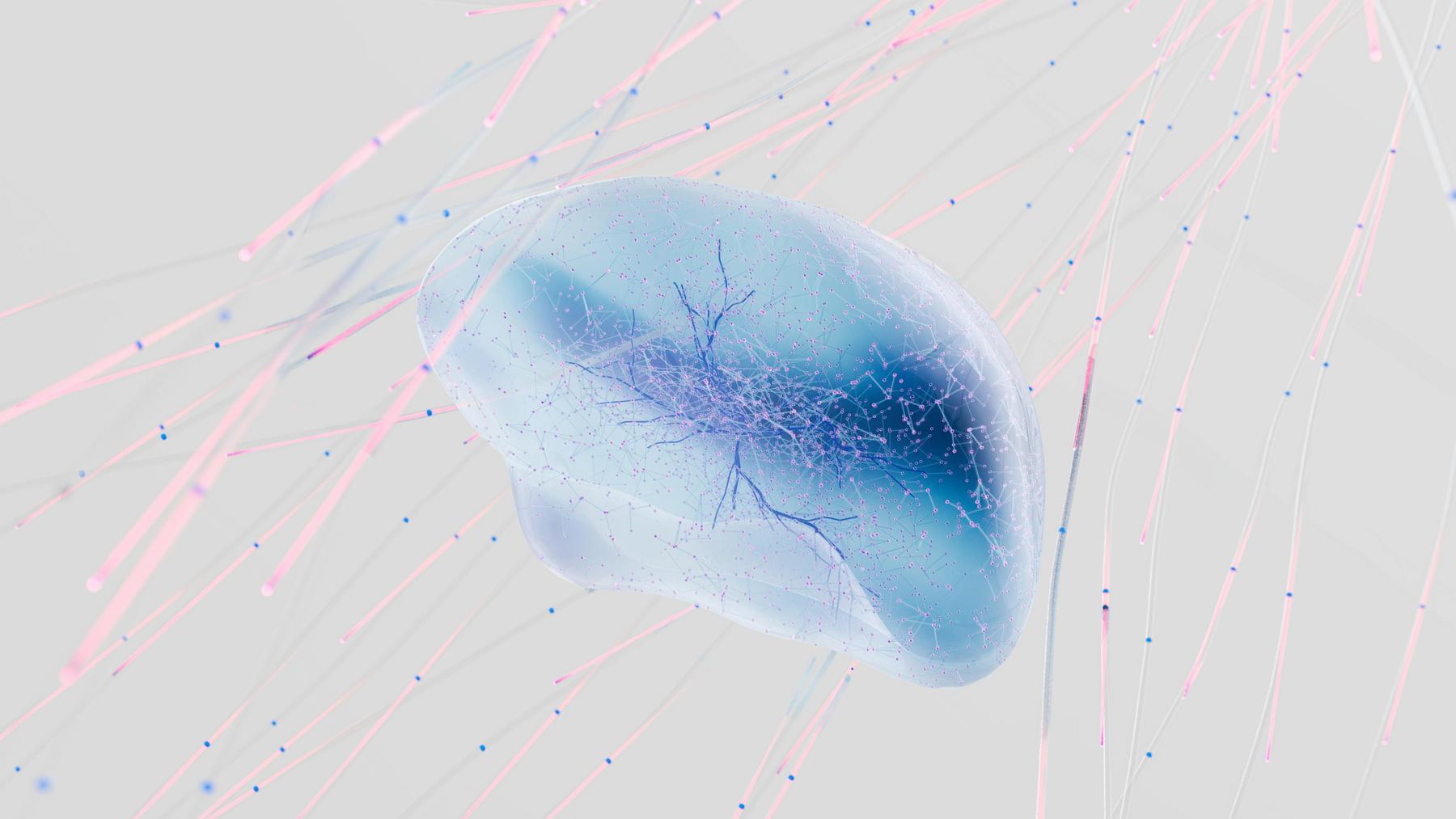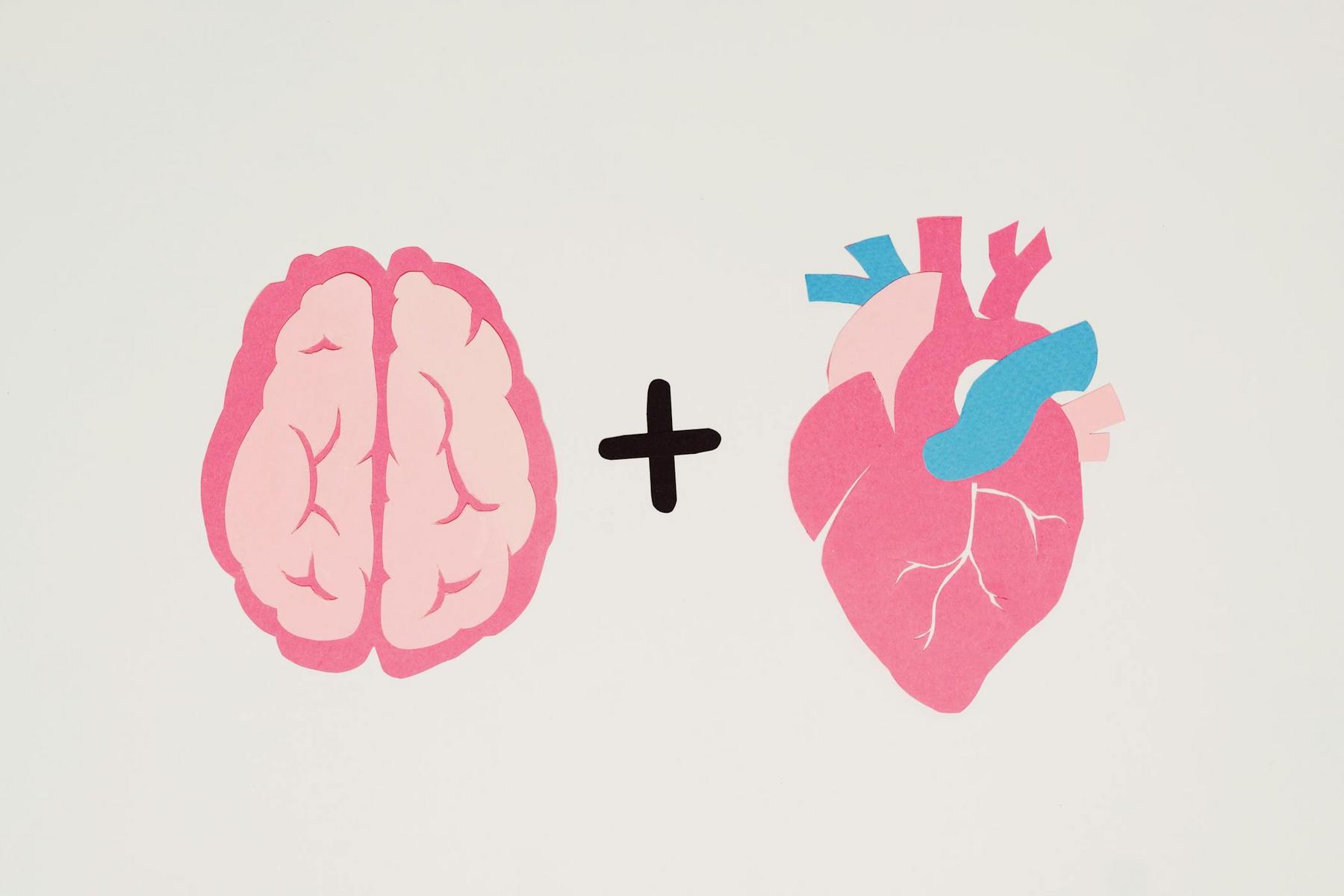Every night, as millions of Australians settle into bed, their brains embark on one of the most remarkable biological journeys known to science. Far from being a passive state of unconsciousness, sleep represents an active, highly orchestrated series of neurological events that are absolutely critical for human health and survival. Yet despite spending approximately one-third of our lives asleep, many people remain unaware of the sophisticated biological processes occurring during these nocturnal hours.
The consequences of misunderstanding sleep cycles extend far beyond mere tiredness. Recent Australian research reveals that sleep problems affect between 33% to 45% of adults nationwide, with diagnosed conditions such as sleep apnoea affecting 8% of the population and insomnia impacting 20% of Australians. These statistics represent more than just numbers—they reflect millions of individuals experiencing compromised cognitive function, weakened immune systems, and increased risk of chronic diseases, all stemming from disrupted sleep architecture.
Understanding sleep cycles and what happens during rest has never been more crucial, particularly as researchers continue to uncover the profound connections between sleep quality and virtually every aspect of human health, from memory consolidation to cardiovascular function.
What Are the Four Stages of Sleep Cycles and How Do They Function?
The architecture of human sleep consists of four distinct stages that cycle repeatedly throughout the night, each serving specific physiological and neurological functions. Understanding sleep cycles requires recognising that these stages work together in approximately 90 to 120-minute cycles, with most individuals experiencing four to six complete cycles during a typical night’s rest.
Non-REM Stage 1 (N1) represents the lightest phase of sleep, serving as the transitional bridge between wakefulness and deeper sleep states. This stage typically lasts between one to seven minutes during the initial cycle and constitutes approximately 2% to 5% of total sleep time. During N1 sleep, individuals experience slow, rolling eye movements whilst their heartbeat and breathing patterns begin to decelerate from wakeful states. The brain transitions from rhythmic alpha waves characteristic of relaxed wakefulness to low-voltage, mixed-frequency patterns.
Non-REM Stage 2 (N2) comprises the largest percentage of total sleep time, accounting for approximately 45% to 55% of the entire sleep episode. This stage demonstrates characteristic brain wave patterns including sleep spindles and K-complexes—distinctive formations visible on electroencephalographic recordings. Research indicates that individuals who learn new tasks exhibit significantly higher densities of sleep spindles compared to control groups, suggesting these neural oscillations play crucial roles in memory consolidation processes.
Non-REM Stage 3 (N3), often called slow-wave sleep or deep sleep, typically lasts 20 to 40 minutes and accounts for approximately 25% of total sleep time. This stage produces distinctive slow delta waves and serves critical healing and restorative functions. During N3 sleep, the body performs tissue repair and growth, cell regeneration, and immune system strengthening. Individuals are most difficult to awaken during this stage, and disruption can result in grogginess persisting for 30 to 60 minutes.
Rapid Eye Movement (REM) Sleep begins approximately 90 minutes after sleep onset, with episodes progressively lengthening throughout the night from 10 minutes initially to 30–60 minutes in final cycles. REM sleep accounts for 20% to 25% of total sleep time and is characterised by rapid eye movements, increased brain activity similar to wakefulness, and temporary muscle paralysis preventing physical dream enactment.
| Sleep Stage | Duration (% of Sleep) | Key Characteristics | Primary Functions |
|---|---|---|---|
| N1 (Light Sleep) | 2–5% | Slow eye movements, muscle relaxation begins | Transition to sleep |
| N2 (Moderate Sleep) | 45–55% | Sleep spindles, K-complexes, no eye movement | Memory consolidation, sleep maintenance |
| N3 (Deep Sleep) | 25% | Delta waves, difficult to wake, lowest heart rate | Physical restoration, growth hormone release |
| REM Sleep | 20–25% | Rapid eye movements, vivid dreams, muscle paralysis | Emotional processing, procedural learning |
How Does Your Brain Clean Itself During Sleep Cycles?
One of the most remarkable discoveries in sleep science has been the identification of the glymphatic system—a specialised network within the brain that becomes highly active during sleep periods. This system, named after the glial cells that support neurons, functions similarly to the body’s lymphatic system but utilises cerebrospinal fluid to flush out waste products and toxins accumulated during waking hours.
During sleep, particularly during deep sleep stages, brain cells undergo extraordinary transformations that facilitate this cleaning process. Neurons and glial cells shrink by approximately 60%, creating significantly more space between brain cells and allowing cerebrospinal fluid to flow more freely through brain tissue. This increased fluid flow enables efficient removal of metabolic waste products, including beta-amyloid and tau proteins strongly associated with Alzheimer’s disease and other forms of dementia.
The synchronized neural activity occurring during slow-wave sleep creates rhythmic waves that actively propel cerebrospinal fluid through dense brain tissue, effectively washing the tissue in what researchers describe as the brain’s own dishwashing system. This process represents a critical mechanism for maintaining neurological health and preventing the buildup of harmful proteins associated with neurodegenerative diseases.
Recent research conducted at Yale University has revealed even more sophisticated aspects of brain activity during sleep cycles. Using advanced data analysis techniques, researchers discovered that the brain can process multiple experiences simultaneously during sleep, with the hippocampus demonstrating remarkable efficiency in handling parallel information processing. The brain exhibits the ability to “flicker” between time-compressed representations from different experiences within the same sleep replay events, significantly increasing processing capacity without interference.
Chronic sleep deprivation significantly impairs the glymphatic system’s ability to function effectively. When individuals do not receive adequate sleep, waste products begin accumulating in brain tissue, potentially leading to cognitive decline and increased risk of neurological disorders. This discovery has profound implications for understanding relationships between sleep deprivation and neurodegenerative diseases, suggesting that regular, high-quality sleep may serve as a protective factor against conditions such as Alzheimer’s and Parkinson’s disease.
Why Do Sleep Cycles Matter for Memory and Learning?
Understanding sleep cycles becomes particularly crucial when examining their role in memory consolidation—the process by which temporary memories transform into long-term, stable memory representations. This process involves complex interactions between different brain regions, with the hippocampus serving as temporary storage before memories gradually integrate into the neocortex for permanent storage.
During NREM sleep, particularly during stages 2 and 3, the brain engages in sophisticated memory sorting and consolidation processes. The hippocampus repeatedly reactivates memories from the previous day, sending these memory traces to the neocortex where they become integrated into existing knowledge networks. This process allows formation of semantic associations and enables the brain to extract general principles and patterns from specific experiences.
Sleep deprivation both before and after learning has detrimental effects on memory formation, with studies demonstrating that lack of sleep can reduce learning abilities by as much as 40%. Pre-learning sleep deprivation reduces the brain’s ability to encode new information effectively, whilst post-learning sleep deprivation prevents consolidation processes necessary for long-term memory storage.
The active systems consolidation theory provides comprehensive frameworks for understanding how sleep contributes to memory formation. According to this theory, information learned during wakefulness initially encodes rapidly in the hippocampus, stored separately from existing memory networks. During subsequent sleep periods, these hippocampal memories undergo repeated reactivation that strengthens memory representations and facilitates gradual integration into neocortical storage sites.
REM sleep plays particularly important roles in processing emotional memories, with this sleep stage’s unique physiological characteristics creating optimal conditions for integrating emotionally significant experiences. The increased activation of emotional processing centres during REM sleep helps reduce the potential distress associated with difficult memories whilst strengthening important emotional learning.
Different types of memory show varying degrees of sleep dependency. Declarative memories, including episodic memories of personal experiences and semantic memories of facts and concepts, rely heavily on hippocampal processing and show clear improvements following sleep periods. Procedural memories involving motor skills demonstrate more complex relationships with sleep, with explicit motor learning showing clear sleep benefits whilst purely implicit motor learning may improve equally during sleep or wake retention intervals.
What Happens When Sleep Cycles Are Disrupted?
Sleep cycle disruption creates widespread consequences affecting virtually every major physiological system. Australian research has revealed concerning patterns of sleep disruption, with 29% of adults reporting work errors due to sleepiness within three-month periods, and 29% driving whilst drowsy at least monthly. Most alarmingly, 20% of individuals report actually nodding off whilst driving, with 5% having accidents specifically because they dozed off.
The immune system suffers significantly when sleep cycles become disrupted. During normal sleep periods, the immune system undergoes changes that enhance its ability to fight infections and maintain overall health, characterised by increased production of cytokines—proteins playing crucial roles in immune function and inflammation regulation. Sleep deprivation creates persistent low-grade inflammation whilst simultaneously producing immunodeficiency, weakening the body’s ability to mount appropriate immune responses when challenged by pathogens.
Cardiovascular health becomes compromised through sleep cycle disruption via multiple pathways. Sleep helps regulate blood pressure, cholesterol levels, and blood sugar control—all critical factors in cardiovascular disease risk. Studies consistently show that individuals sleeping less than seven hours nightly have increased risk of cardiovascular disease morbidity and mortality compared to those receiving adequate sleep.
Metabolic function experiences profound disruption when sleep cycles become irregular. Sleep affects regulation of hormones controlling hunger and satiety, including leptin and ghrelin. Sleep deprivation increases ghrelin levels (stimulating appetite) whilst decreasing leptin levels (signalling satiety), creating hormonal imbalances leading to increased food intake and preference for calorie-dense foods.
Cognitive performance becomes significantly impaired through sleep cycle disruption, affecting multiple domains of mental performance. Sleep deprivation impairs memory formation and consolidation, reduces attention and concentration abilities, decreases information processing speed, and compromises emotional regulation. These effects create cascading consequences affecting work performance, driving safety, and interpersonal relationships.
Age-related patterns in sleep cycle disruption show particularly concerning trends among younger adults. Research indicates that young adults aged 18–34 years sleep approximately one hour longer on non-work days compared to work days, whilst older age groups show much smaller differences of only about 18 minutes. This pattern suggests younger adults experience more significant sleep restriction during work periods, potentially leading to accumulated sleep debt.
Optimising Your Understanding of Sleep Cycles for Better Health
The comprehensive research emerging from Australian and international sleep science laboratories continues to reveal the extraordinary complexity and importance of sleep cycles for human health. Understanding sleep cycles as active, highly coordinated biological processes rather than passive states of unconsciousness represents fundamental shifts in how we approach sleep health and sleep disorder treatment.
The discovery of the glymphatic system and its role in brain detoxification during sleep has profound implications for preventing neurodegenerative diseases and maintaining cognitive function throughout life. The sophisticated memory consolidation processes occurring during different sleep stages underscore why protecting sleep quality should be considered essential for learning, creativity, and optimal cognitive performance.
As research continues advancing our understanding of sleep physiology and therapeutic interventions, the development of more targeted and effective treatments for sleep disorders holds promise for improving health outcomes for millions of Australians affected by sleep problems. The integration of emerging therapies with traditional approaches, guided by robust research evidence, represents the future of comprehensive sleep medicine.
The fundamental importance of sleep for human health cannot be overstated, with adequate sleep serving as a cornerstone of physical health, cognitive function, and emotional well-being. The complex biological processes occurring during sleep cycles demonstrate remarkable sophistication in human physiology and highlight why protecting and optimising sleep should be considered critical components of preventive healthcare.
How long should each sleep cycle last for optimal rest?
Each complete sleep cycle typically lasts between 90 to 120 minutes, with most healthy adults experiencing four to six complete cycles during a night’s sleep. The duration can vary based on age, individual differences, and sleep quality, but maintaining consistent cycle patterns is more important than exact timing.
Can you make up for lost deep sleep by sleeping longer?
Whilst sleeping longer can help reduce some effects of sleep deprivation, you cannot fully compensate for lost deep sleep stages. Deep sleep (N3) occurs predominantly during the first half of the night, so maintaining consistent sleep schedules that allow for adequate early-night sleep is crucial for optimal restoration.
Why do some people remember their dreams whilst others don’t?
Dream recall primarily relates to awakening during or shortly after REM sleep phases. People who wake up naturally during lighter sleep stages or who have more fragmented sleep patterns tend to remember dreams more frequently than those who sleep deeply through complete cycles.
How does shift work affect natural sleep cycles?
Shift work disrupts circadian rhythms by forcing sleep during periods when the body naturally expects to be awake. This misalignment can reduce sleep quality, impair the glymphatic system’s cleaning functions, and affect memory consolidation processes, leading to both immediate and long-term health consequences.
What role does room temperature play in sleep cycle quality?
Optimal sleep requires core body temperature to decrease, which is facilitated by cooler environmental temperatures (typically 16–19 °C). Warmer environments can disrupt the natural temperature drop needed for deep sleep initiation and may fragment sleep cycles, reducing overall sleep efficiency and restoration.













